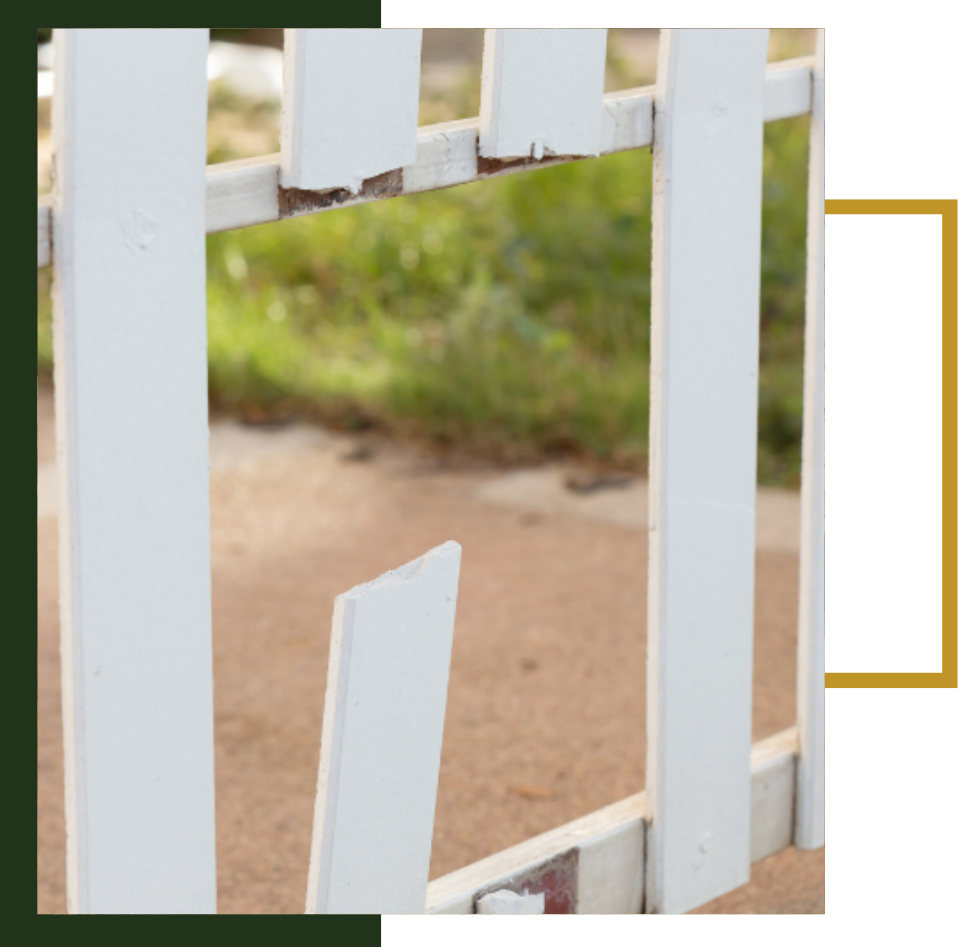
Damage Repair
Ah, the marvels of nature. The singing of birds, the scampering of squirrels, and the nightly calls of owls—all are reminders of the beauty of the great outdoors. Yet, there comes a time when the boundary between nature and our living spaces becomes a little too thin. Wildlife creatures, while captivating in their natural habitats, can become destructive guests when they enter our homes and properties. They chew, dig, and nest, often leaving a trail of damage that is frustrating and costly to deal with. That's when you need Drake's Wildlife Services, the leading experts in wildlife damage restoration in the Northern Indiana area.
The Downsides Of DIY Solutions
You may think, "I can handle this myself; how hard could it be?" But before you don a pair of gloves and grab a hammer, consider the complications and risks of going the DIY route. These creatures are more than just a mere inconvenience—they are also skilled at causing problems that are surprisingly complex to resolve.
Animals like squirrels and raccoons possess sharp teeth and claws, ideal for chewing through electrical wires, wood, and insulation. This can lead not only to functional issues but also to dangerous scenarios like electrical fires. Add to that the health risks of handling wildlife, many of which are carriers of zoonotic diseases. In essence, it's not as simple as patching up a hole in your attic or basement. Proper wildlife damage restoration requires expertise, specialized tools, and the ability to make your space uninhabitable for nuisance animals in the future.
The High Cost Of Destruction
According to a Sciencenews.org, just a few species by themselves have cost the global economy upwards of $1 trillion in property damage since 1970. To give you an idea:
- Raccoons are notorious for ripping up roof shingles and tearing apart soffits to make their way into your attic, where they can ruin insulation and create a mess. Raccoons have dexterous paws which are able to open latches, making them skilled intruders.
- Squirrels are masters at chewing through almost anything that stands in their way—wood, wires, you name it. This behavior can lead to structural weakening and the aforementioned fire hazards. A single squirrel's incisors can grow up to eight inches per year, which is why they're constantly chewing—to keep their teeth in check!
- Birds might look innocent, but their nests can clog gutters and downspouts, leading to water damage and even roof collapse in extreme cases. Some bird species are attracted to shiny objects and may swipe things like jewelry and small household items, only to later discard them in unreachable places.
The cost of dealing with these damages can add up quickly, not to mention the time and stress involved in managing such headaches on your own.
We've been in the business for years, offering specialized wildlife damage solutions to frustrated homeowners like you. Our team of skilled technicians will conduct a thorough inspection of your property to assess the extent of the destruction. After that, we use state-of-the-art methods to mend what has been broken. We do more than just treat the symptoms; we tackle the root cause to ensure that your property is not only restored but also better fortified against future wildlife incursions. This involves making necessary adjustments to potential entry points and educating property owners about preventive measures.
Frequently Asked Wildlife Damage Repair Questions
Q1: Do you offer a 'Wildlife-Proofing' consultation as part of your services?
A1: Absolutely. Recognizing that prevention is just as important as restoration, we offer a unique 'Wildlife-Proofing' consultation. This involves a comprehensive walkthrough of your property to identify not just existing damage but potential weak spots that animals could exploit in the future. Following the consultation, we provide specific recommendations tailored to your property's unique needs, offering you an informed strategy to make your home less susceptible to invasions down the road.
Q2. What kinds of wildlife damage do you specialize in repairing?
A2: We're well-versed in dealing with a variety of damage caused by different types of wildlife, from raccoons tearing up roof shingles to squirrels chewing through electrical wiring. Our technicians are skilled in restoring structural integrity, fixing electrical issues, and addressing other types of harm that may compromise the safety and functionality of your home.
Q3: What animal causes the most damage?
A3: In our experience, bats, raccoons, squirrels, and birds are often the main culprits when it comes to significant wildlife damage. These creatures are not only intelligent but also resourceful, making them particularly skilled at infiltrating properties and causing a range of issues, from structural damage to electrical problems.
All Rights Reserved | Drakes's Wildlife Services
